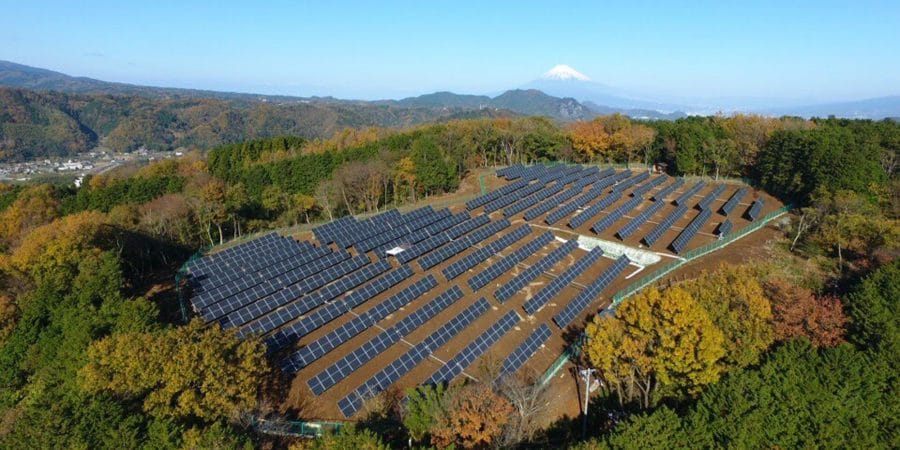Now that half-cut and multi-busbar technologies are commonplace in the solar panel market, Chinese solar panel manufacturers are now mainly focusing on bifacial and large format solar panels and on the production of N-type solar cells. The market is shifting to large format solar panels and the market share of bifacial solar panels has already increased exponentially this year. PV InfoLink expects that the PV market will prioritize the development of large formats and bifacial modules next year.
The production lines of Tier-1 solar cell manufacturers for M6 cells can also be used for the production of bifacial modules. Because some bifacial cells also perform 0.1% better, it is expected that bifacial solar panels will become the standard.
Since the second half of 2019, the cost difference between mono solar panels and bifacial modules has been nil, meaning bifacial modules benefit more from their higher energy yield. Bifacial cells produced into a single-sided solar panel with a reflective backsheet can increase output power by 1 to 2 watts over standard modules. With two-sided solar panels , where solar panels can also generate energy at the back, bifacial modules can produce an additional power of as much as 10-20%.
In China, bifacial panels were used in approximately 30% of utility projects. An increasing number of bifacial solar energy projects can also be noticed in the rest of the world. For example, in the Netherlands we have the largest bifacial solar energy plant in Europe . China exported more than 3 GW of bifacial solar panels in the period January to May this year, accounting for 12% of total solar panel exports. The largest export market was the United States, which represented 25% of all bifacial solar panel exports.

Glass shortages due to increasing demand for bifacial and large format solar panels
Given the increasing demand for the second half and the arrival of the high season in the last quarter, glass supplies will remain tight throughout the year. Glass prices have increased by more than 20%. This increases costs for solar panel manufacturers. In addition, the rapidly growing demand for bifacial modules also increases the shortage of glass capacity, because glass-glass is the most common structure of bifacial modules.
PV InfoLink expects global demand for modules to reach 140.1 GW next year.
